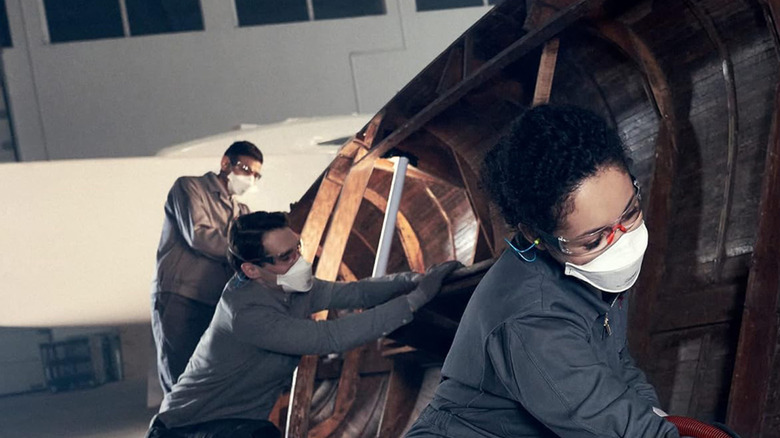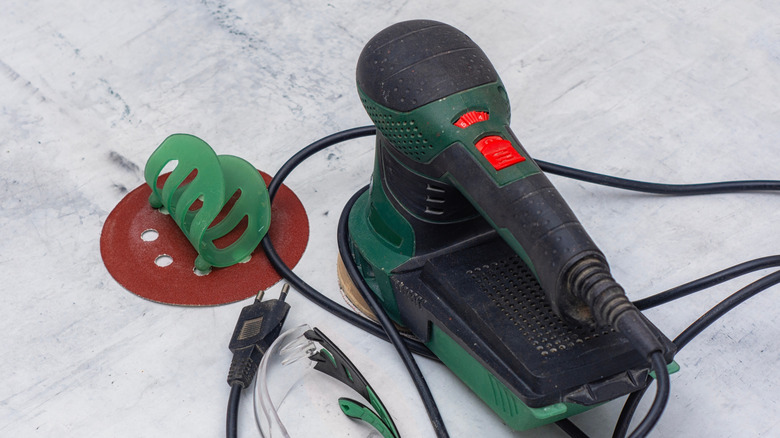Are Sanding Disks Universal? (And Which Brand Is Best?)
We may receive a commission on purchases made from links.
If you've ever gone shopping for sanding discs, you'll know there's a bewildering array of options to choose from. Even after you've picked a grit and a brand, there's one more crucial question to answer: Will the disc actually fit your sander? While many products are marketed as "universal," compatibility isn't guaranteed across all sanders. The term usually refers to discs that share a common spec — a common size is a 5-inch diameter with an 8-hole dust pattern and hook-and-loop backing (often referred to as a 5x8). These will fit a wide range of models, including popular options like the RYOBI ONE+ 5-inch random orbit sander. Other common configurations and sizes include 5x5 (five inches with five holes), 6x7, 6x17, and even 6x49. While matching the disc size and hole pattern is the safest route, exact hole alignment isn't always strictly necessary for a disc to fit, but it can affect performance. One Reddit thread, for example, recommends avoiding 5-hole discs on Ryobi's 8-hole pattern.
This means that users can choose a sanding disc from any manufacturer as long as the size and hole configuration is suitable. However, as we discover next — in a head-to-head smooth-off — there are definite winners and losers and some big surprises. For instance, Makita one of the world's major power tool brands, fared the worst. There was also a clear leader that stood head above the shoulders above the rest; the 3M Xtract Net Disc pad was the outright winner. We discuss the full details of how the tests were conducted and more about the winners and losers next.
What are the best sanding discs?
Testing sandpaper is not easy. For instance, the pressure placed on the sander will have a bearing on the outcome and humans are not perfect machines in that regard. However, a clever YouTuber got around this by using a robot to create an experiment under highly controlled conditions. The results were interesting, to say the least. Each product tested was a 5-inch, 120-grit disc and the testing rig was set to apply exactly 10.78 pounds of pressure. Each disc was subjected to five 25-minute tests with a five-minute rest between each one and used the same piece of red oak. But just how do you quantify a disc's performance? The test did this by using a metric called friability. Essentially, friability tests a disc's ability to keep cutting with prolonged use.
The test worked by calculating how many grams of material had been removed by each disc. However, a disc that costs twice as much but removes more material could be a better option. The test factored this in by dividing the cost of the disc by the material removed. For instance, the worst performing disc was Makita (maybe add this to the list of Makita tools to avoid), this product cost $0.50 per disc and removed 4 grams costing around $0.13 per gram. For comparison, the outright winner — 3m Cubitron Mesh — costs $0.41 per disc and removed a staggering 114 grams. If anything, the testing proves why it's important to shop around when choosing your next sanding disc.

